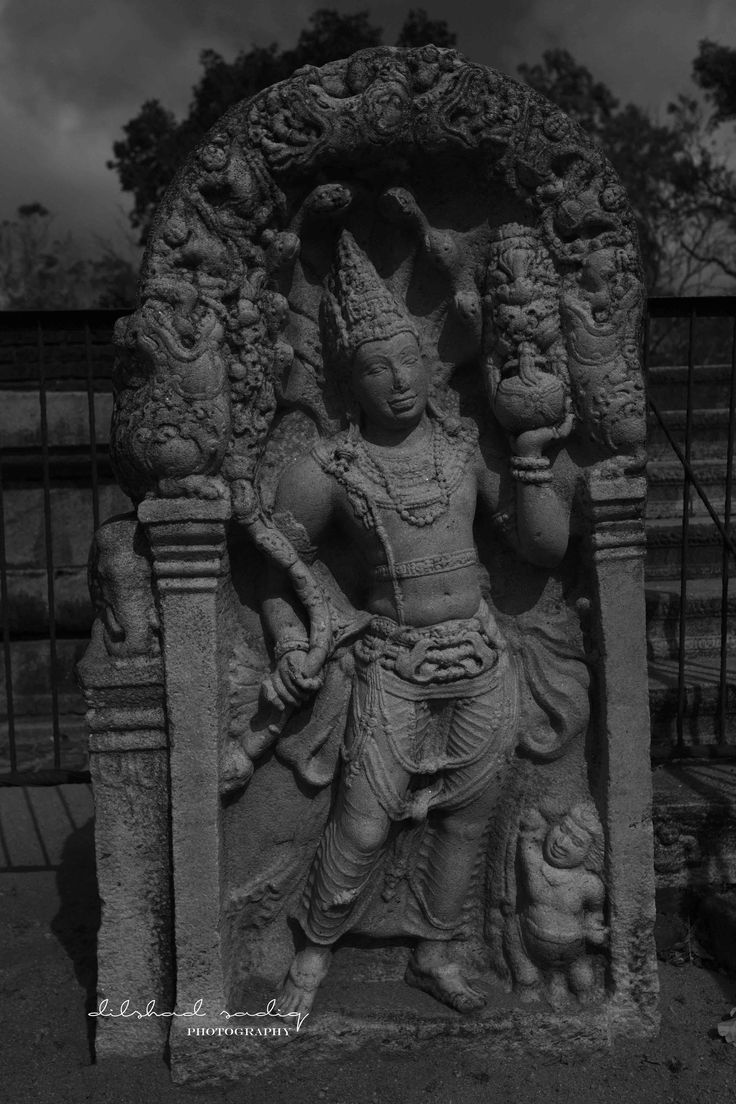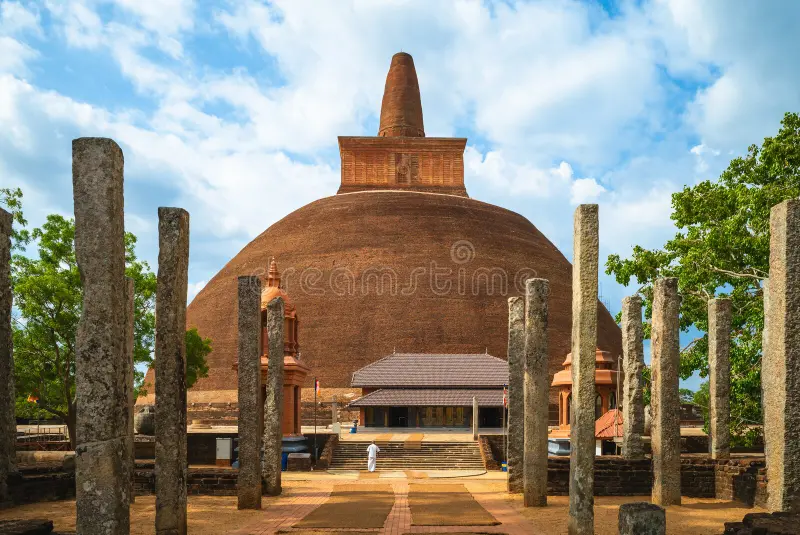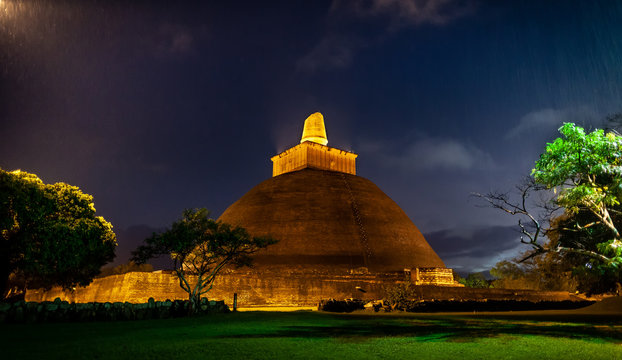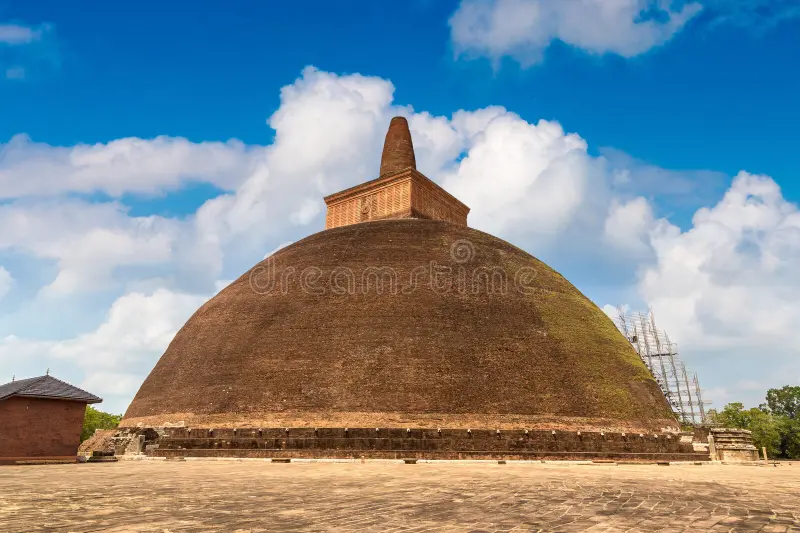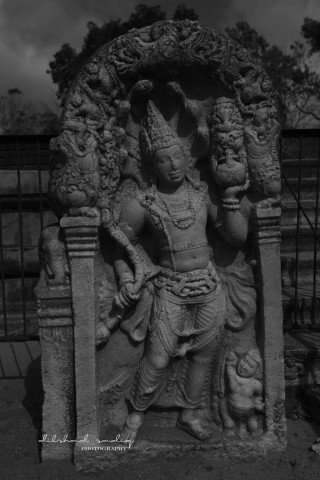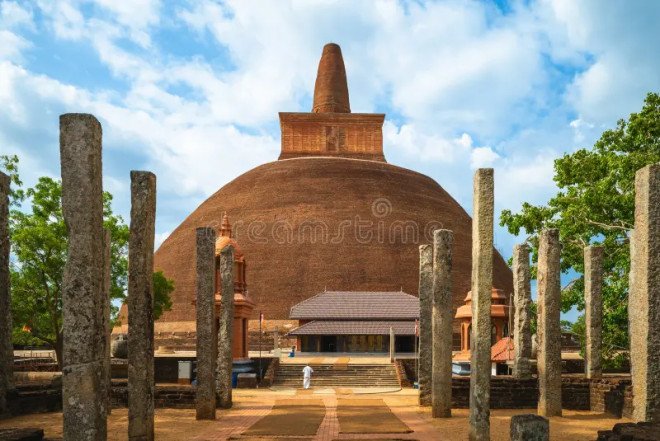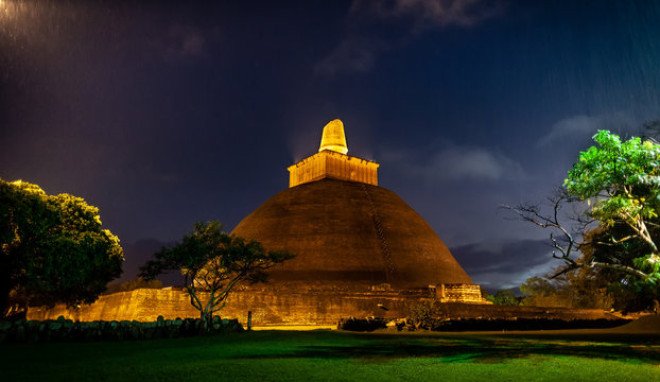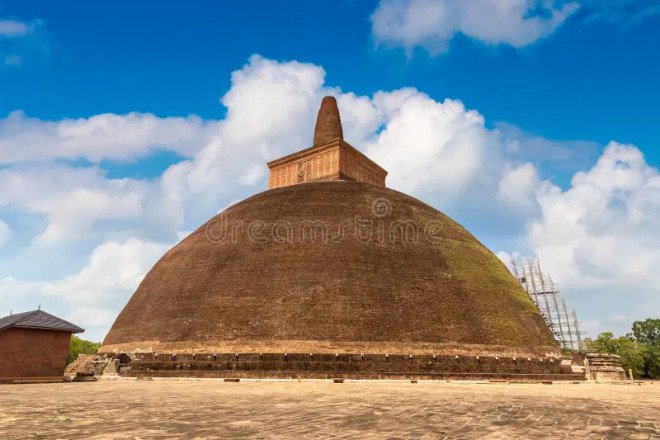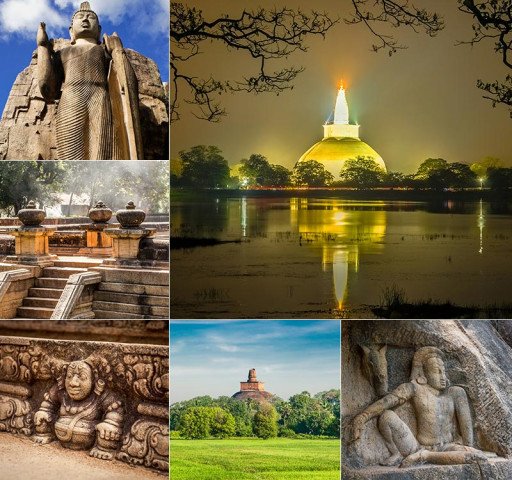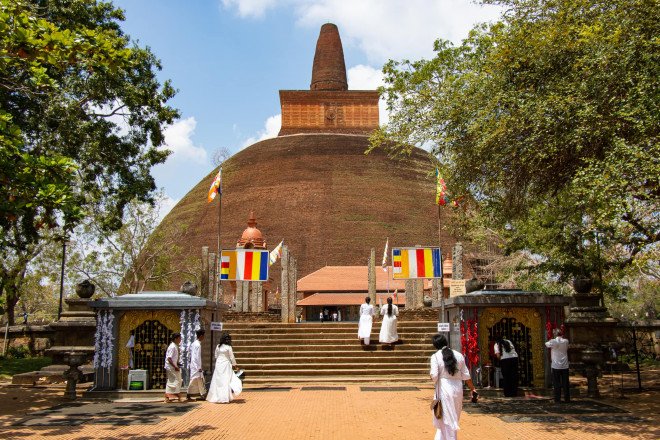Abhayagiriya, Anuradhapura, North Central Province, 50000
Listing Owner
Listing Description :
Hidden within the ancient capital of Anuradhapura, Abhayagiriya rises from the jungle floor like a sleeping colossus. Once a thriving monastic center, this massive stupa — and the surrounding monastery complex — tells the story of a powerful civilization where faith, architecture, and scholarship reached dazzling heights.
Abhayagiriya was not just a religious monument; it was a spiritual hub that welcomed thousands of monks, scholars, and pilgrims from across Asia. Established in the 1st century BC, it became one of the most influential Buddhist centers in South and Southeast Asia, known for its cultural diversity and intellectual richness.
Though less celebrated than its sibling, Ruwanwelisaya, Abhayagiriya commands quiet reverence and awe with its monumental scale and mystical aura. For curious travelers, historians, and spiritual seekers, it is a place where time seems to dissolve — leaving behind ancient stones and silent stories.
Common FAQs About Abhayagiriya
-
Where is Abhayagiriya located?
It is in Anuradhapura, Sri Lanka, within the Sacred City complex. -
What is Abhayagiriya famous for?
It is known for its massive stupa and as a historic Buddhist monastic center. -
How old is Abhayagiriya?
It dates back to the 1st century BC, founded by King Valagamba. -
Is there an entrance fee to visit?
Yes, entry is included in the Anuradhapura Sacred City ticket, which covers multiple sites. -
How tall is the Abhayagiriya Stupa?
Originally around 115 meters, it is now about 75 meters tall after restorations. -
Is Abhayagiriya still used for worship?
Yes, it remains a sacred site and is visited by pilgrims and monks. -
What should I wear when visiting?
Modest clothing is required; shoulders and knees should be covered. -
Can I take photographs at Abhayagiriya?
Yes, but avoid photographing people in prayer without permission. -
What are the main attractions at Abhayagiriya?
The stupa, moonstones, guardstones, Eth Pokuna, and ruins of monastic structures. -
Is it wheelchair accessible?
The terrain is uneven, and accessibility is limited. -
How long should I spend at the site?
Allocate 1.5 to 2 hours to explore comfortably. -
Is it crowded?
It can be busy on religious holidays, but generally, it is peaceful and quiet. -
Are guided tours available?
Yes, guides can be arranged at the site or through local tour services. -
Can children visit the site?
Yes, it's a family-friendly site, though younger children may find it less engaging. -
What language is spoken in the area?
Sinhala and Tamil are common, but many guides speak English. -
Are there restrooms nearby?
Basic facilities are available near the site entrance. -
Is food available on-site?
Not inside the complex, but nearby restaurants and vendors are available outside. -
Is it open every day?
Yes, the site is open daily, typically from morning until dusk. -
Can I visit Abhayagiriya independently?
Yes, you can explore on your own or with a guide. -
What is the best time of day to visit?
Early morning or late afternoon, when temperatures are cooler and lighting is ideal for photography.
